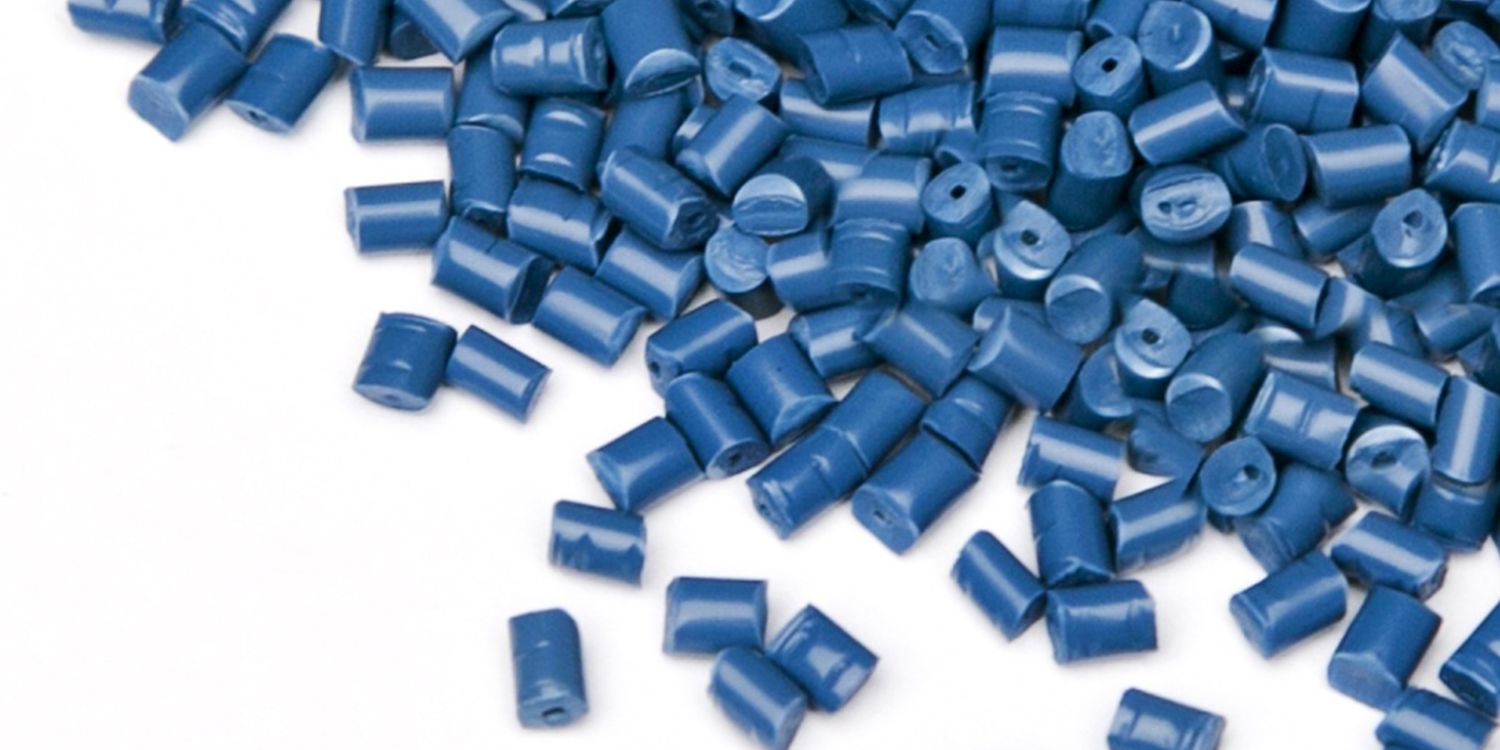Low-Density Polyethylene (LDPE) is a thermoplastic polymer renowned for its flexibility, chemical resistance, and versatility. Since its inception in the 1930s, LDPE has become integral to various industries, including packaging, agriculture, construction, and consumer goods. This guide delves into the properties, applications, benefits, and the role of manufacturers like Surya Masterbatches in the LDPE landscape.
Understanding LDPE: Composition and Structure
LDPE is produced through the free-radical polymerization of ethylene under high pressure. Its molecular structure is characterized by significant branching, which prevents the polymer chains from packing closely. This branching results in a material that is less dense and more flexible compared to other polyethylene variants like High-Density Polyethylene (HDPE). The density of low-density polyethylene (LDPE) typically ranges from 0.910 to 0.940 g/cm³.
1. Key Properties of LDPE
- Flexibility and Toughness: The branched molecular structure imparts LDPE with exceptional flexibility and impact resistance, making it suitable for applications requiring pliability.
- Chemical Resistance: LDPE exhibits excellent resistance to dilute and concentrated acids, alcohols, bases, and esters, making it ideal for containers and piping systems that handle corrosive substances.
- Moisture Barrier: Its low permeability to moisture makes LDPE a preferred material for packaging applications, protecting contents from external humidity.
- Thermal Properties: LDPE has a melting point of approximately 105°C and can withstand temperatures up to 80°C for continuous use.
- Electrical Insulation: Due to its dielectric properties, LDPE is used in applications requiring electrical insulation.
2. Applications of LDPE
- Packaging: LDPE is extensively used in the production of plastic bags, films, and containers due to its flexibility and moisture resistance.
- Agriculture: In agriculture, LDPE films are employed for greenhouse coverings and mulch films, aiding in moisture retention and weed control.
- Construction: LDPE is utilized for vapor barriers, insulation, and protective sheeting in construction projects.
- Consumer Goods: Products like squeeze bottles, toys, and household containers often use LDPE for its durability and safety.
- Medical Applications: LDPE’s chemical resistance and flexibility make it suitable for items like tubing and disposable gloves.
3. Benefits of using LDPE Compound
- Lightweight: LDPE’s low density contributes to its lightweight nature, reducing transportation costs and energy consumption.
- Cost-Effective: The ease of processing and abundance of raw materials make LDPE an economical choice for manufacturers.
- Recyclability: LDPE is recyclable, designated by the recycling code “4,” and can be reprocessed into products like trash can liners and floor tiles.
4. Limitations and Environmental Considerations
- Thermal Stability: LDPE has a relatively low melting point, limiting its use in high-temperature applications.
- Environmental Impact: When exposed to sunlight, LDPE can release greenhouse gases like methane and ethylene. Efforts are ongoing to develop biodegradable additives to mitigate this issue.
5. Surya Masterbatches: Enhancing LDPE Applications
Surya Masterbatches is a leading manufacturer specializing in color and additive masterbatches, including those compatible with LDPE. Their products are designed to enhance the mechanical properties, UV resistance, and aesthetic appeal of LDPE-based products. By providing customized solutions, Surya Masterbatches supports various industries in optimizing the performance of LDPE materials.
Conclusion:
LDPE’s unique combination of flexibility, chemical resistance, and cost-effectiveness has cemented its place in numerous applications across diverse industries. While environmental concerns persist, advancements in recycling and additive technologies continue to improve LDPE’s sustainability profile. Manufacturers like Surya Masterbatches play a pivotal role in enhancing LDPE’s properties, ensuring its continued relevance in the modern material landscape.

